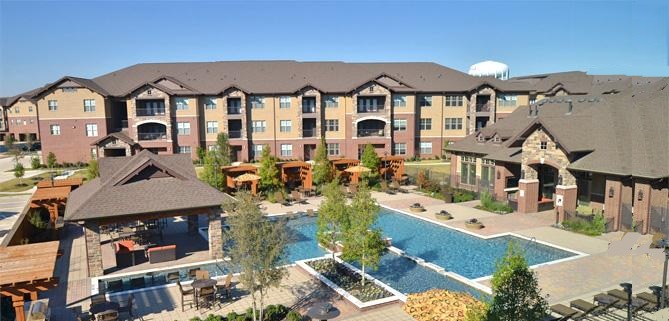To explore how Canadian renter preferences have shifted since the onset of COVID-19, real estate analytics provider Local Logic gathered and compared data from various sources to compile a comprehensive analysis of what’s currently influencing apartment seekers.
Before the pandemic struck, features in top-demand included swimming pools, pet-friendly amenities, multi-use common areas and entertainment rooms. Since March, when social distancing and work-from-home requirements took force, renter preferences have shifted toward amenities that support work, play, rest, and everything in between, at home.
Post-COVID residents are looking away from smaller, crowded spaces in seek of larger multi-room units “that can flexibly deliver all their new needs: a home office, a virtual schoolroom, and even a home exercise space,” the report says.
The new white paper, entitled Helping Multifamily Developers Through the Pandemic, also identifies “the outdoors and green space” as another key priority, along with units that provide nearby necessities, like grocery and convenience stores.
In cities that rely on mass-transit, residents are willing to accept longer commutes to the downtown core in exchange for larger living spaces. On the flip side, in secondary and tertiary cities, downtown and main street areas are spiking in demand.
Choosing suburban vs. urban
Aside getting away from the crowds, there are other lifestyle motivators prompting the urban exodus: namely that the transition from Monday through Friday in-office schedules to the flexibility of remote work has alleviated commuting concerns.
At the same time, this new lifestyle demands more space and outdoor access, all of which is available in suburban neighbourhoods. As a result, post-pandemic residents are more willing to consider housing options further from the city — locations that previously were not even options because of their longer commute times.
“Today’s residents may be deviating from the 25-storey apartment building, which is more common in metros, and towards the typical suburban 5-storey complex,” the report says. “In addition, residents are also looking for multifamily communities that provide the lifestyle amenities they’re looking for. Residents want to live in a place where all their needs are met without the burden of long-distance travel.”
For the complete white paper, click visit Local Logic.co






